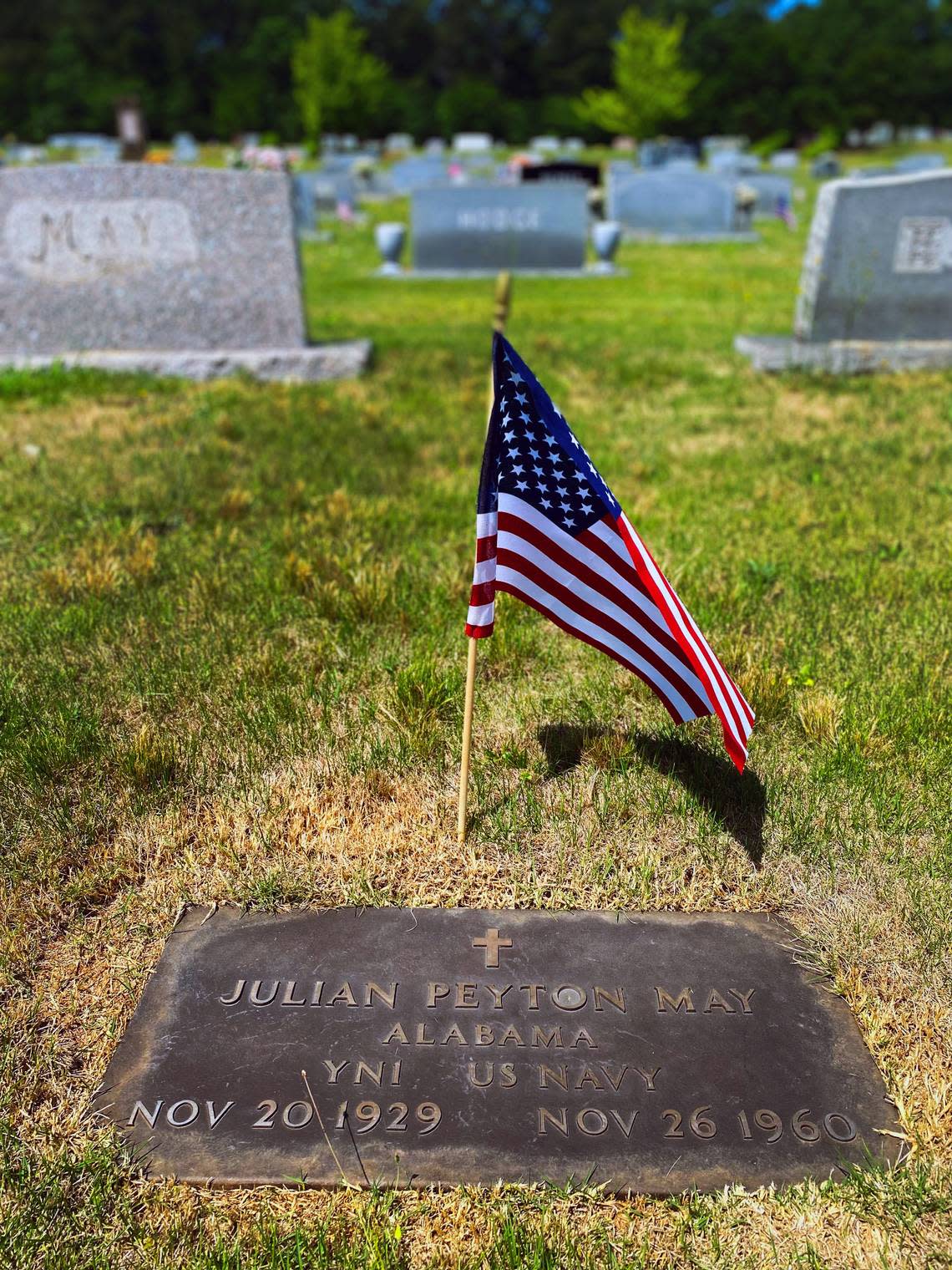Columbus cold case detective seeks witness in 1960 slaying of Opelika minister
A Columbus cold-case detective is gaining ground in a longshot effort to clear the 1960 slaying of an Alabama minister found stabbed about 30 times, when his body was dumped here.
Detective Stuart Carter has identified a witness he’d like to locate, a man who as a teenager got a ride from the Rev. Julian Peyton May the night before the preacher was found dead in Columbus.
The witness is named Johnny Garner. May reportedly gave Garner a ride to a house on Frederick Road in Opelika on Nov. 25, 1960, police said. May’s body was found about 1 p.m. the next day.
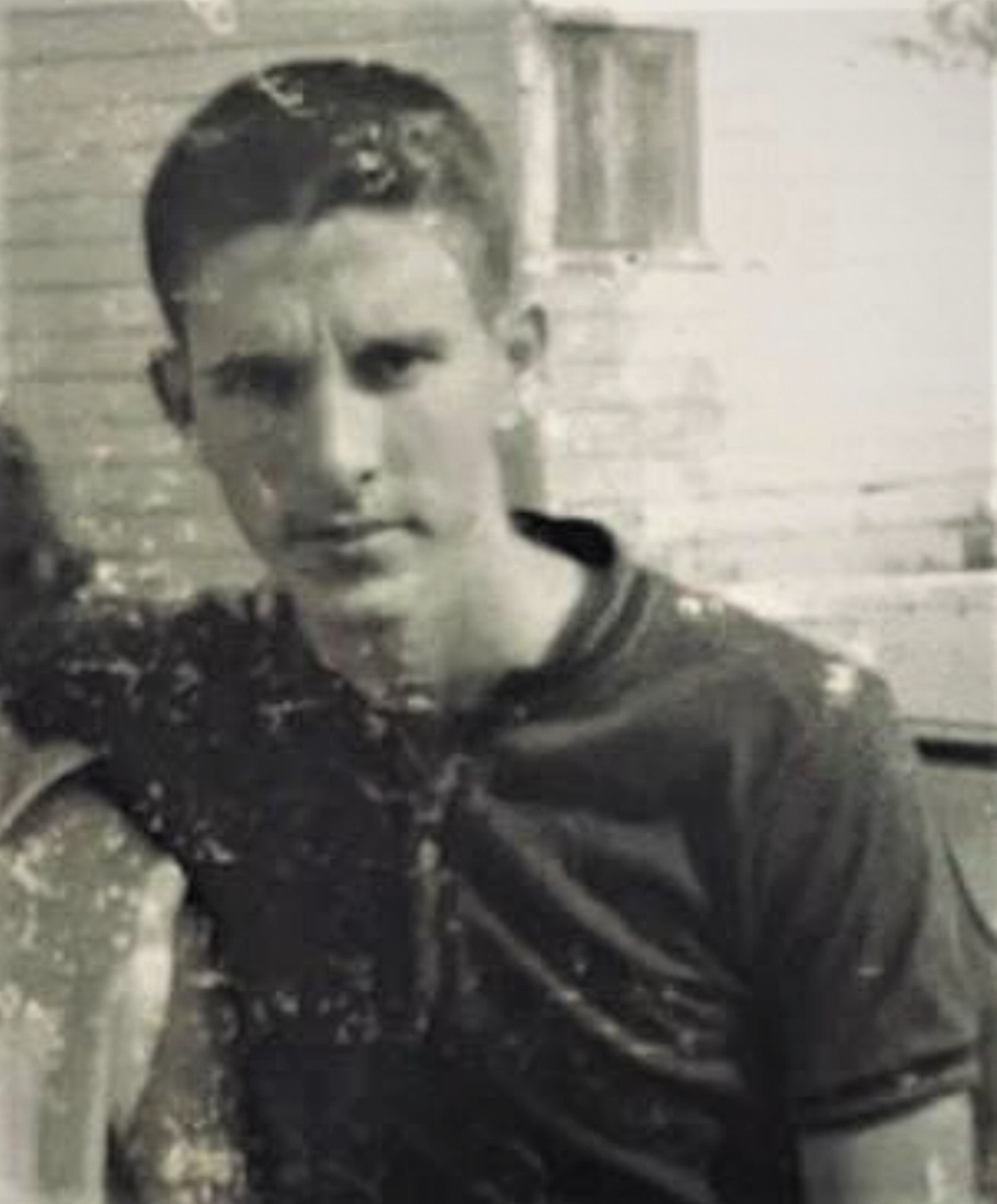
Garner at the time was 18 or 19 years old, police said. He last lived in Columbus in the 1970s.
Carter has found a photo of Garner, and an image of the so-called “lake house” he and May went to that night. Garner is not a suspect in May’s death, only a witness who may have vital information, Carter said.
The detective noted that he has heard two reports of May giving a teen a ride that night: A contemporary news report said an Opelika 16-year-old told police May gave him a ride home from the grocery store, around 11 p.m. It’s possible that the two stories became conflated into one, and that Garner is the only teen May picked up that evening, regardless of where May reportedly dropped him off, Carter said.
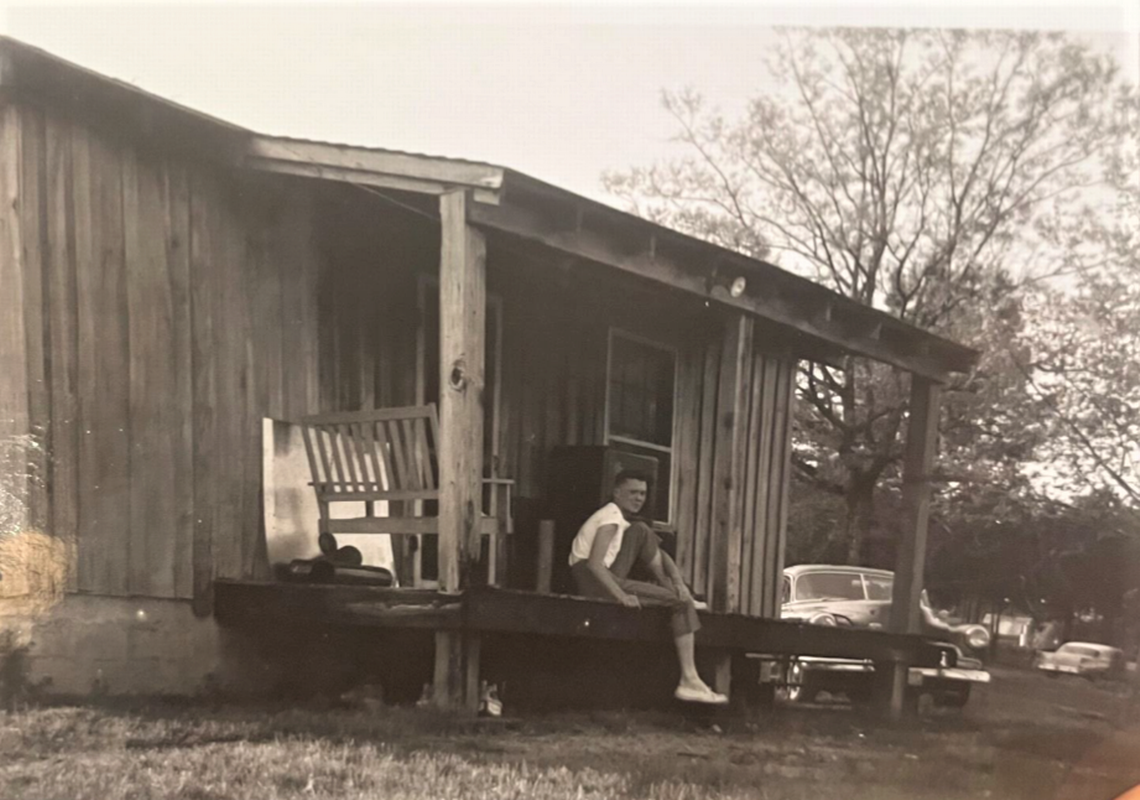
Carter asked that anyone with information on Garner contact him at 706-225-4319 or stuartcarter@columbusga.org.
The background
May lived with his parents in Opelika, where he founded the Wesleyan Memorial United Methodist Church shortly before his death. Two nephews were visiting for Thanksgiving, the night he left, and May had told them he was going to see the movie “North to Alaska” at the Martin Theater in Opelika.
He never returned. Teenagers found his body the next afternoon in a treeline on Debby Street, off McCartha Drive between St. Marys Road and Steam Mill Road.
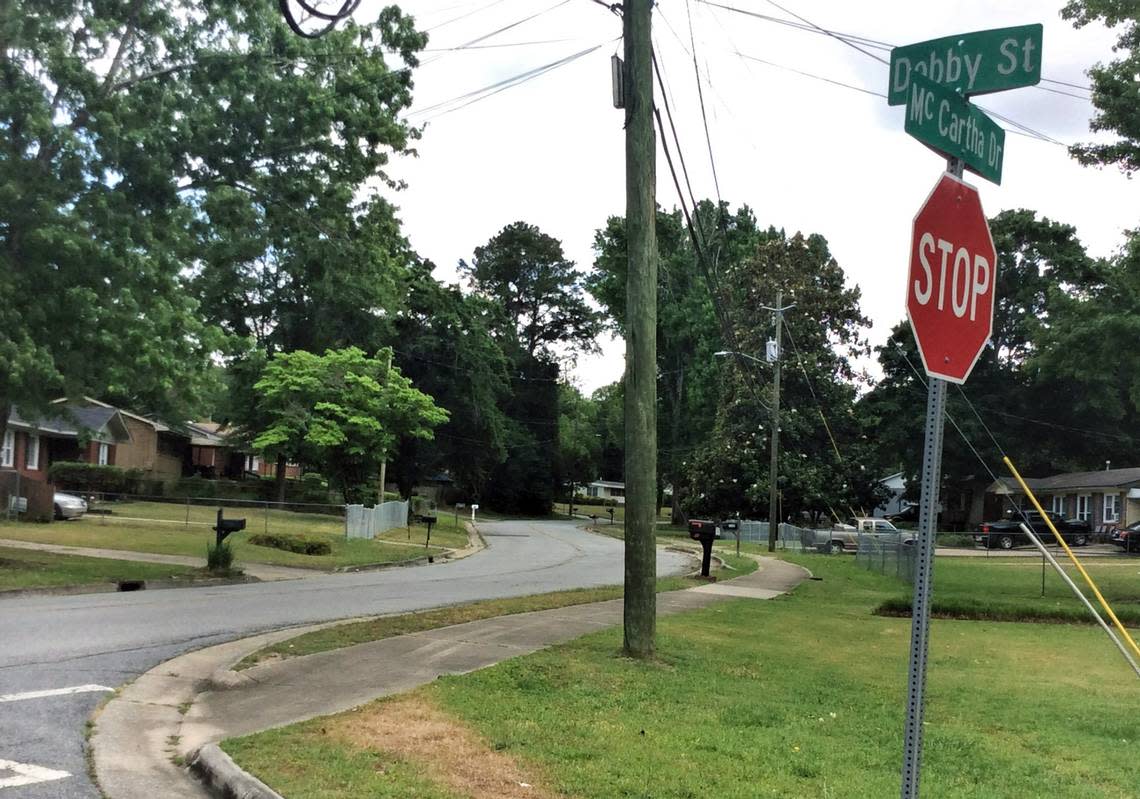
Most people forgot about May’s death as the years passed. May’s parents died, and later so did his sister — his only sibling — leaving her two sons, now ages 72 and 74.
May’s nephews recently decided that as the last to remember their murdered uncle, they should inquire about his case, so they got in touch with Carter.
The younger nephew said May seemed to have everything going for him, before his death: After gaining a degree from Auburn University and serving in the Navy, he had graduated from Emory University’s Candler School of Theology and started his own church.
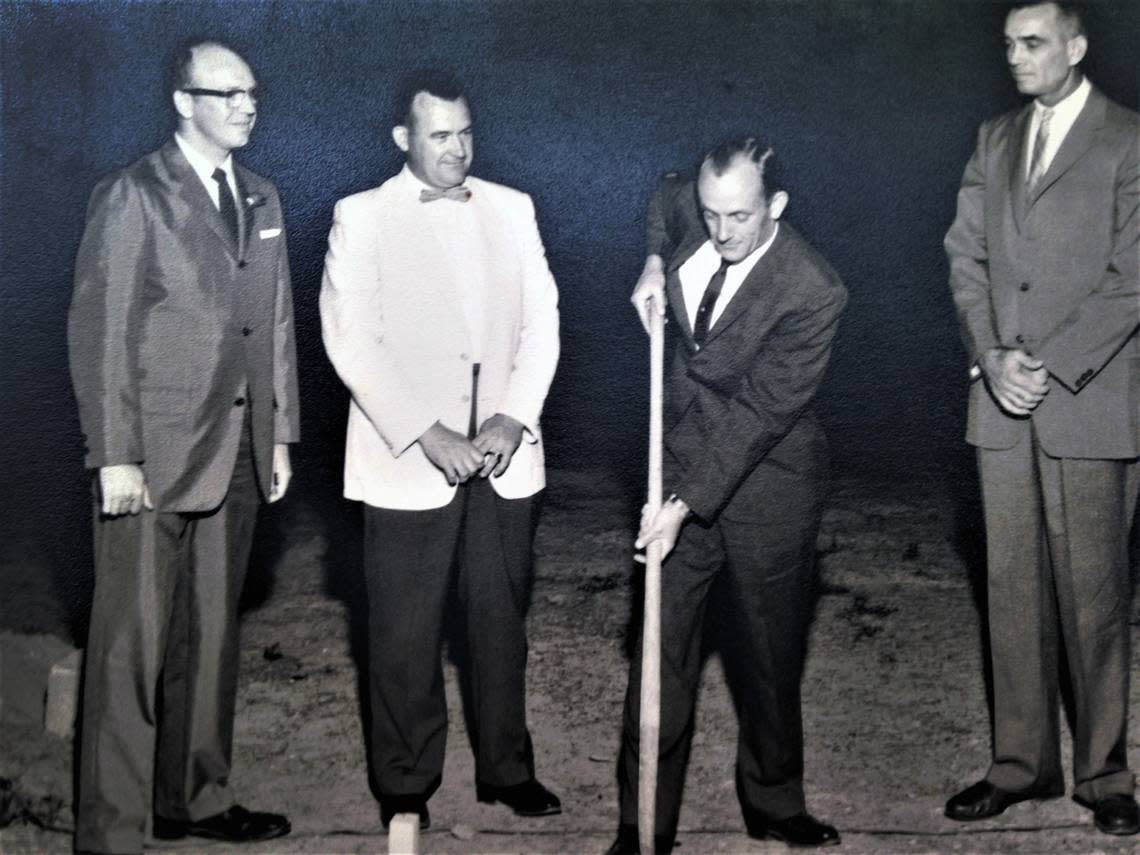
“He was an impeccable dresser,” the nephew said, and he liked fine cars, too, especially his brand-new, white Buick sedan, an Electra.
The evidence
May as usual was dressed in coat and tie when he left around 7 or 8 p.m. that Friday, the nephews said.
He was found dead in those clothes the next afternoon, in Columbus, where his white Buick was left locked in the 1100 block of Fifth Avenue. No blood or other evidence was in it.
Police believed May was not killed where his body was found: “There were no signs of a struggle at the scene, and only a small amount of blood... Police theorize that May parked his car, met someone and entered another car,” a Ledger-Enquirer reporter wrote at the time.
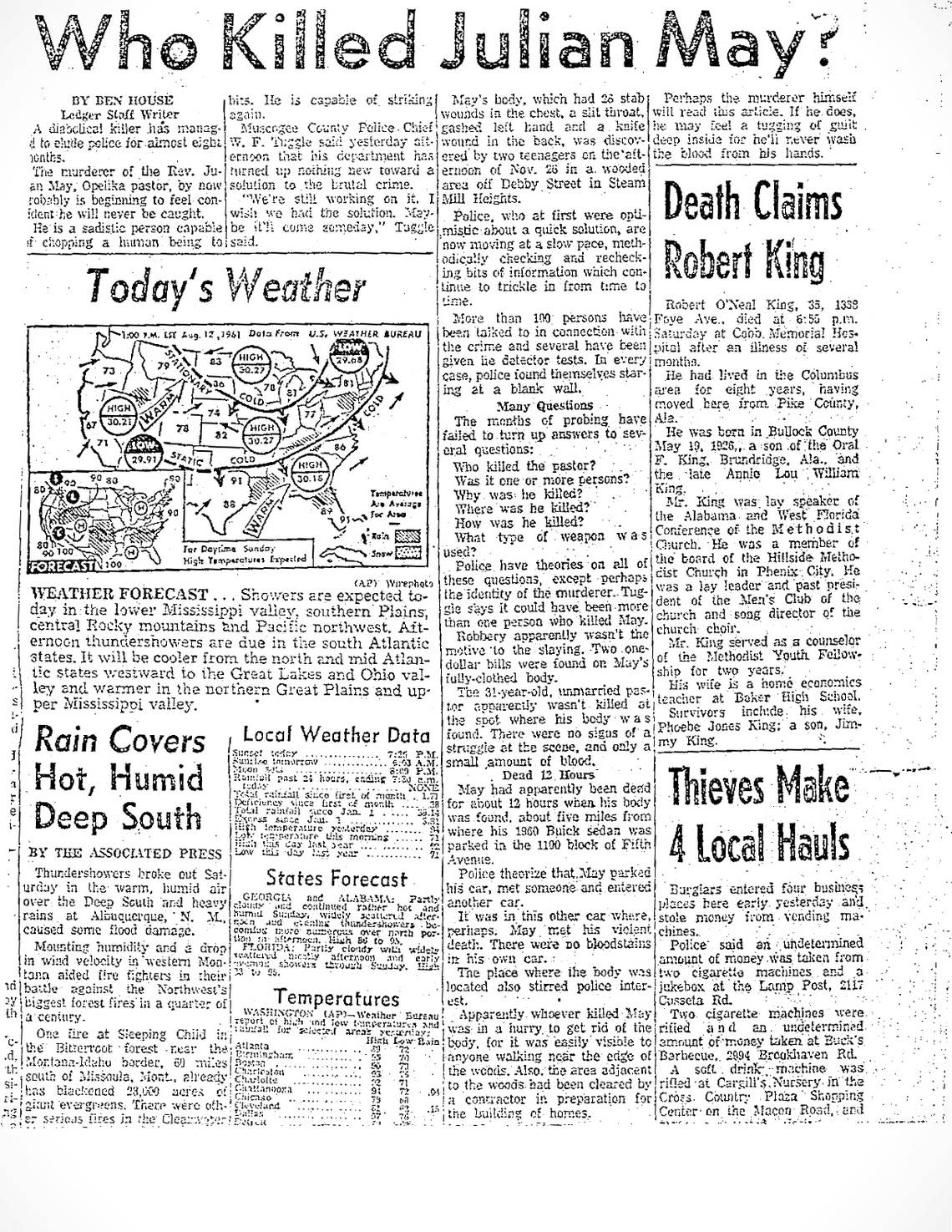
May was stabbed 26 times in the chest and once in the back, his throat was slit and he had a gash on his left hand. He had been dead about 12 hours, and his body was not concealed: It clearly was visible from Debby Street, as if it had been dumped there in haste, the newspaper reported.
A butcher knife was found about 150 feet from the body, but lab tests found no blood on it. Two other knives were tested, also with no blood found, Carter said.
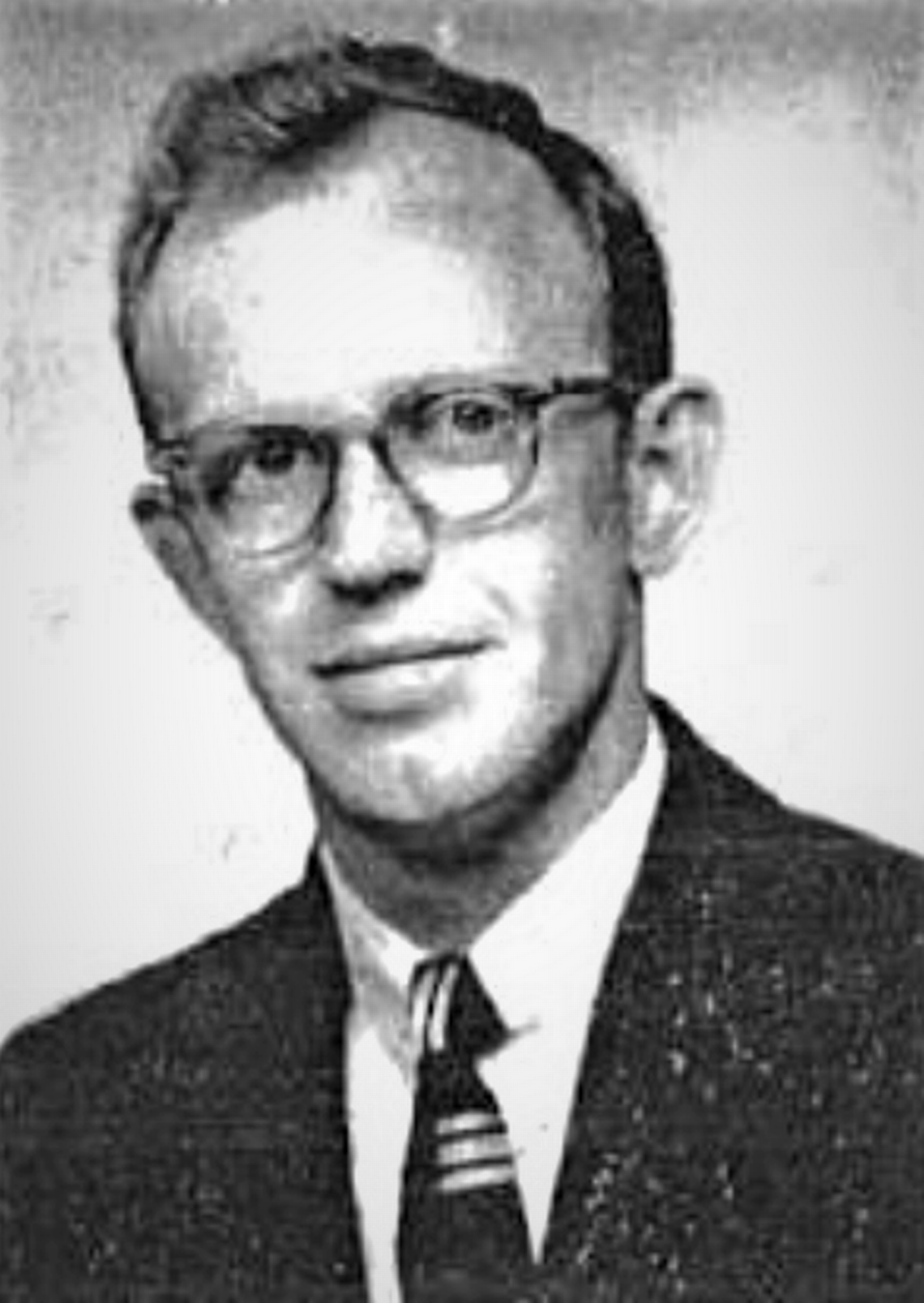
A Dec. 13, 1960, tribute to May was in “The Candler Advocate,” the newsletter for Emory’s school of theology. It said May’s crowded funeral, attended by 30 to 40 Emory theology students, was held Nov. 28, 1960, at Opelika’s First Methodist Church, because May’s church was under construction, the newsletter said.
May is buried at the Garden Hill Cemetery in Opelika next to his parents.
